Manchester City are not just making signings; they’re rebuilding a machine!
After a tough season where their system looked broken, Pep Guardiola decided not to patch things up but to rethink everything from the ground up.
City weren’t their usual dominant selves last season. For the first time under Guardiola, they looked beatable.
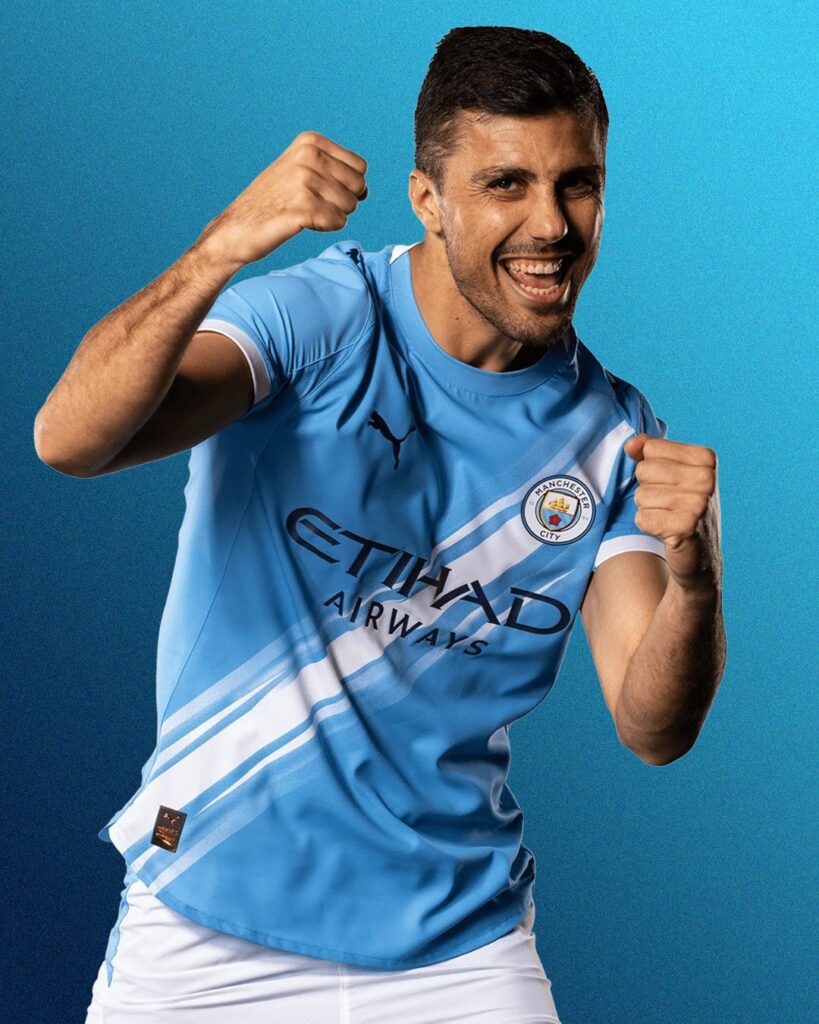
Injuries played a big role. Key players like Rodri and De Bruyne couldn’t stay fit.
John Stones and Ruben Dias rarely played together. The midfield lacked rhythm, and the defense changed every week.
This led to Manchester City losing control of matches they’d usually dominate.
Teams stopped fearing them. Even lower-ranked opponents pressed high and attacked boldly. Manchester City’s aura had disappeared.
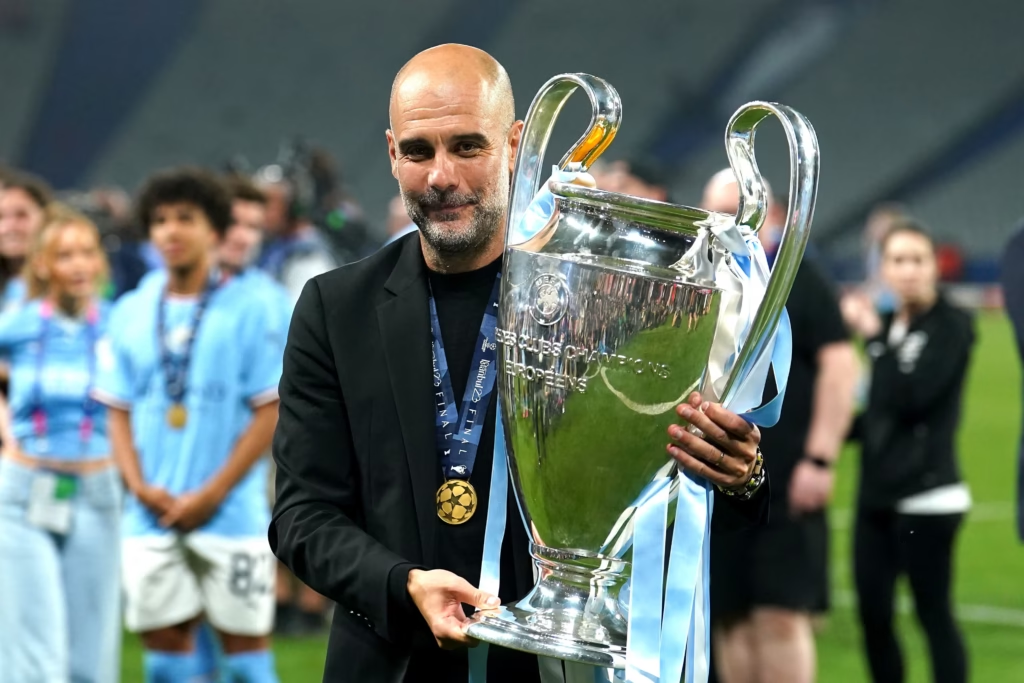
Their Champions League exit, a huge set-back.
Losing the FA Cup final to Crystal Palace was the final blow.
Guardiola realized the problem was deeper than injuries or bad form—the structure was broken.
So, Pep Guardiola went back to basics. His plan? Rebuild Manchester City as a stronger, faster, and more flexible team.
Every part of the squad was addressed.
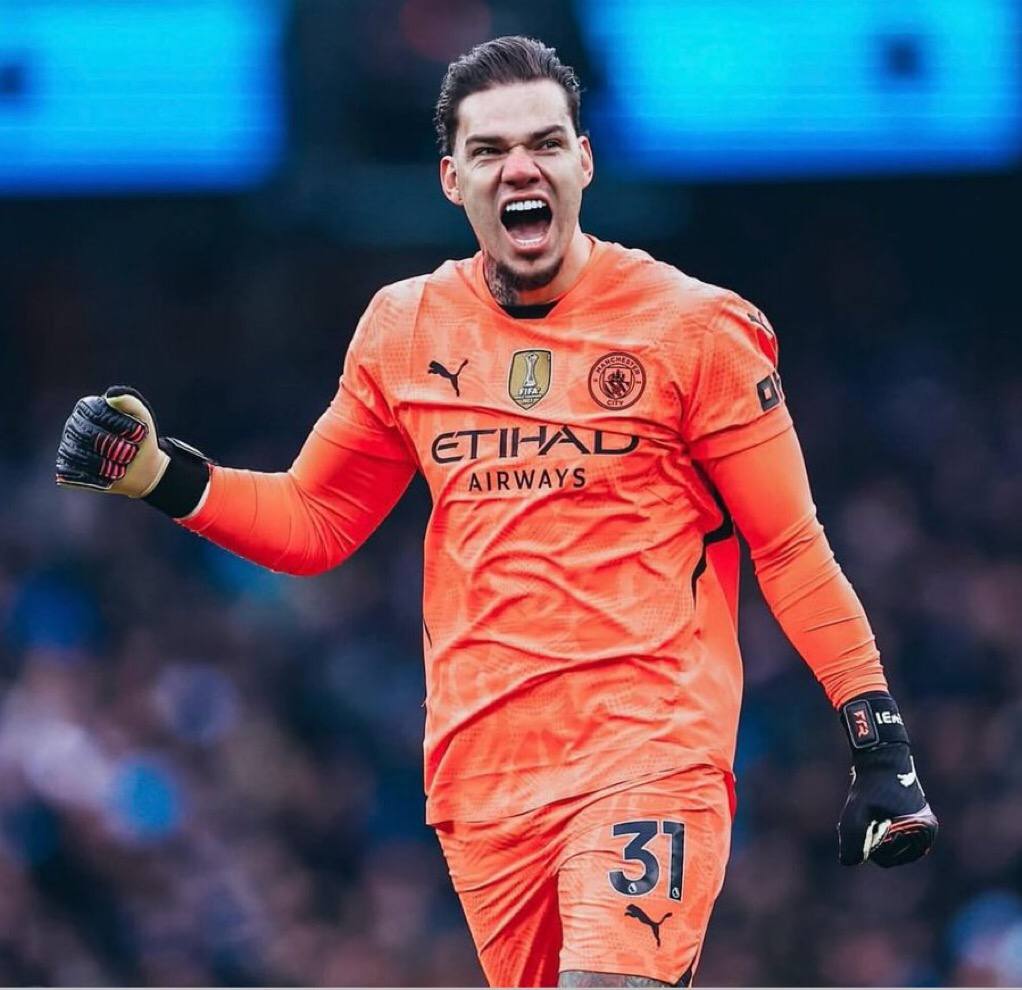
Ederson remained a constant figure in goal, but Pep knew he needed better protection.
Manchester City’s defense now has depth and variety.
Ruben Dias remains the leader. Nathan Aké’s calm presence complements him.
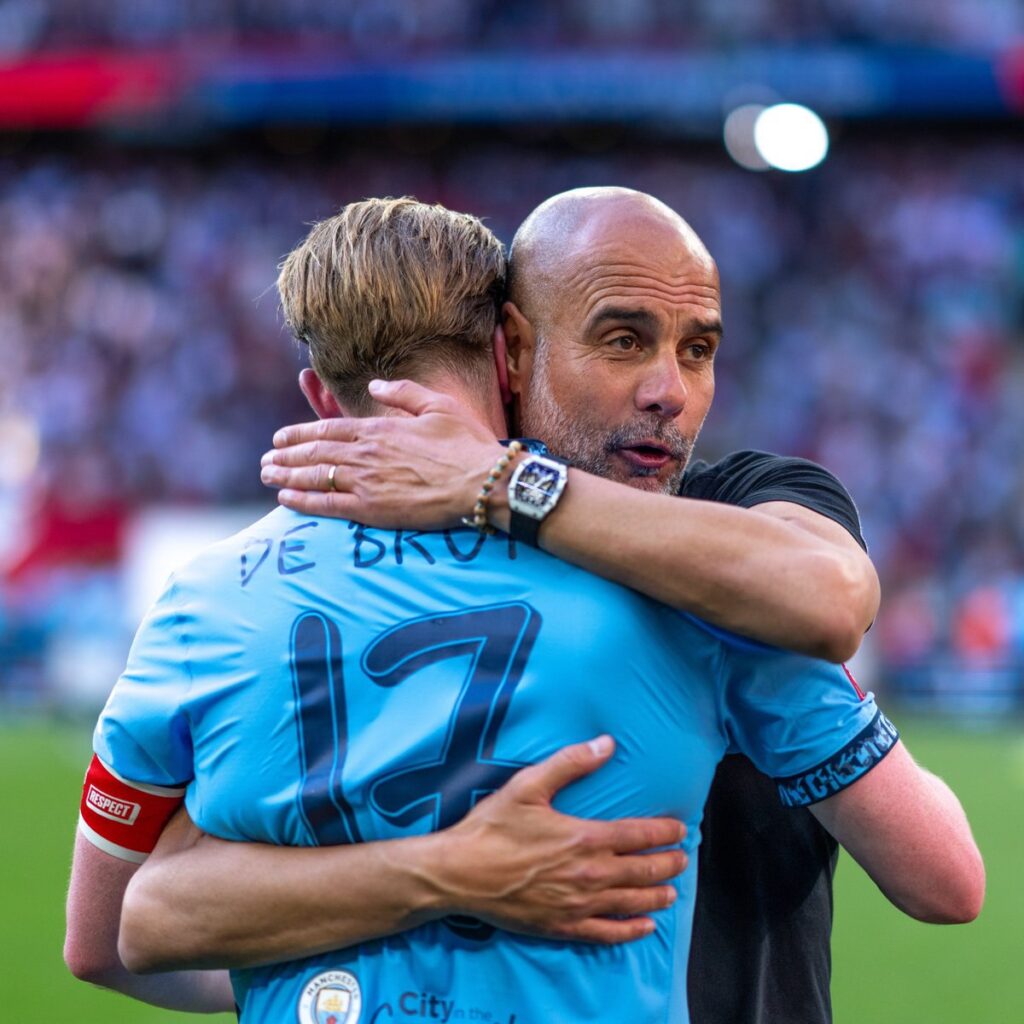
John Stones can step into midfield when needed. Manuel Akanji is the utility man.
Youngster Khusanov brings energy and hunger.
This mix ensures Manchester City won’t collapse if injuries strike again.
In fullbacks, Pep added options. Rico Lewis brings calm control, while new faces like Rayan Aït-Nouri offer pace and unpredictability.
On the left, Joško Gvardiol brings power and control.
Manchester City can now build from the back or attack from wide with equal ease.
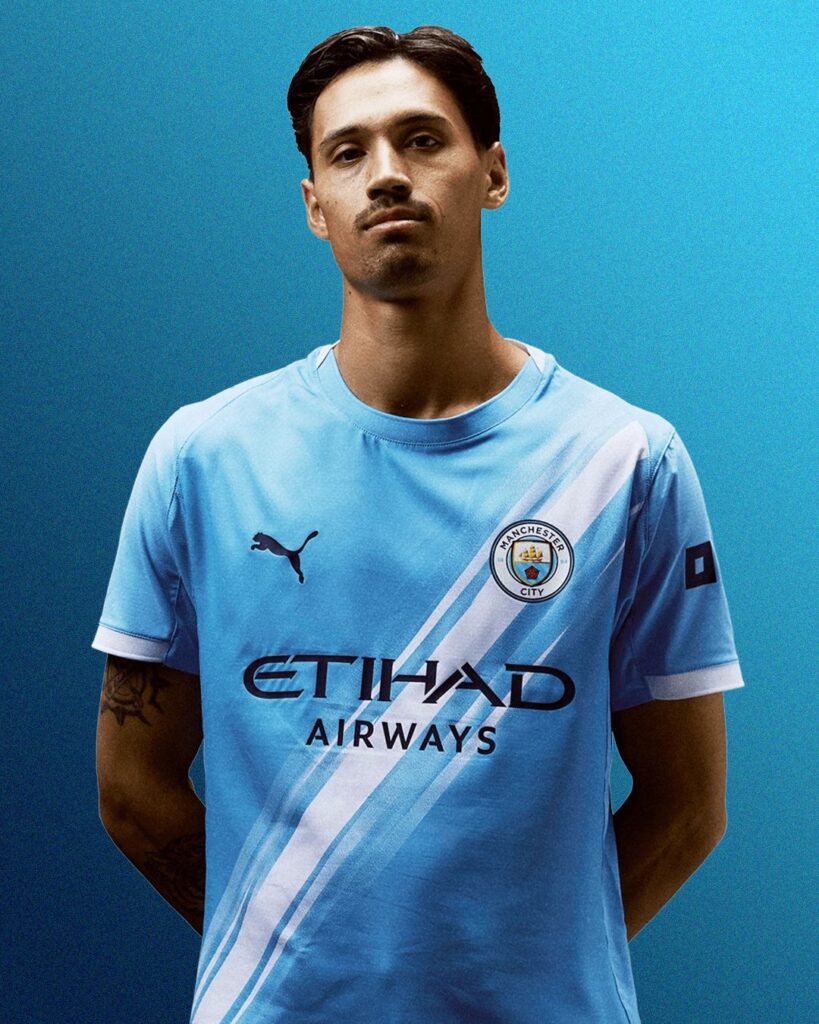
Midfield was City’s biggest issue last season. Rodri’s injury exposed how vital he was.
Without him, Manchester City looked lost. Pep fixed that by adding Tijjani Reijnders—a tireless, box-to-box player who does the dirty work and keeps the ball moving.
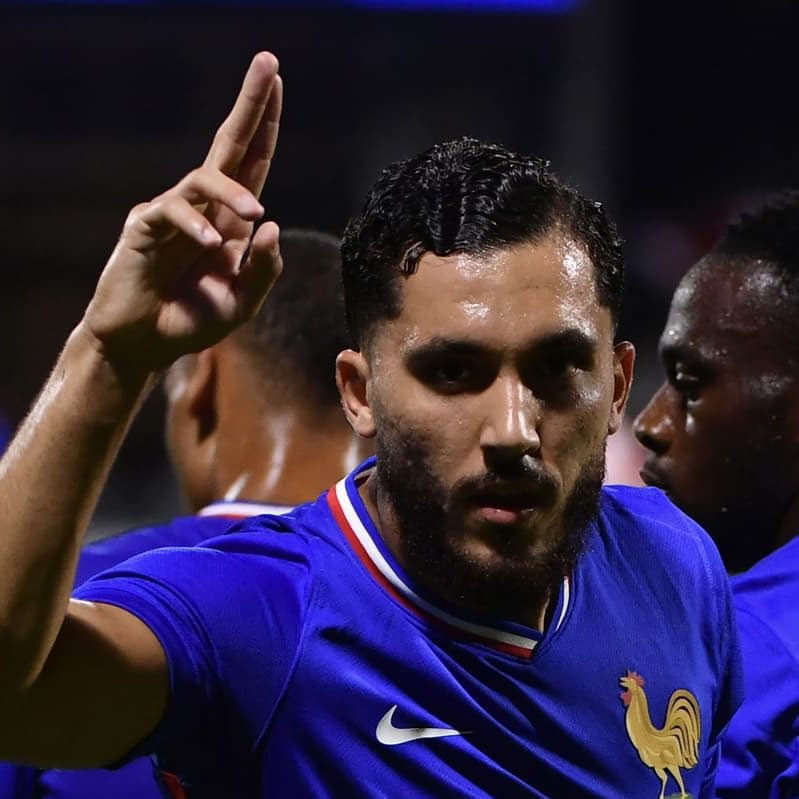
Alongside him, Ryan Cherki brings chaos and creativity, someone who can break defenses open in tight spaces. Together with Rodri, City’s midfield looks alive and balanced again.
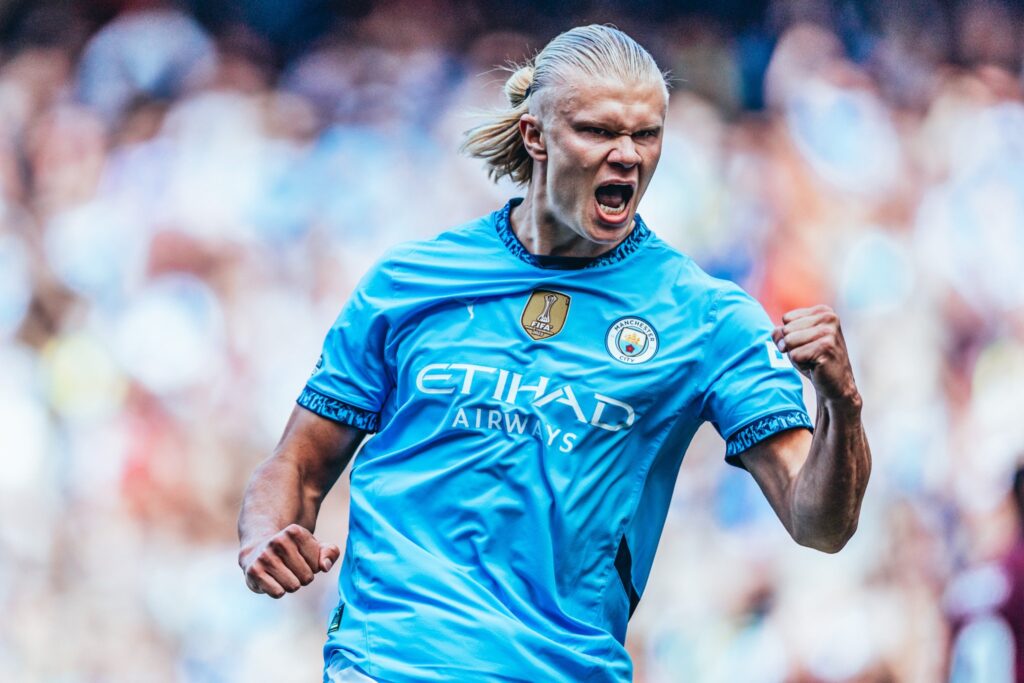
Up front, City’s attack has transformed. Erling Haaland, even in a quiet year, scored over 30 goals.
With Reijnders and Cherki feeding him, he could hit even bigger numbers.
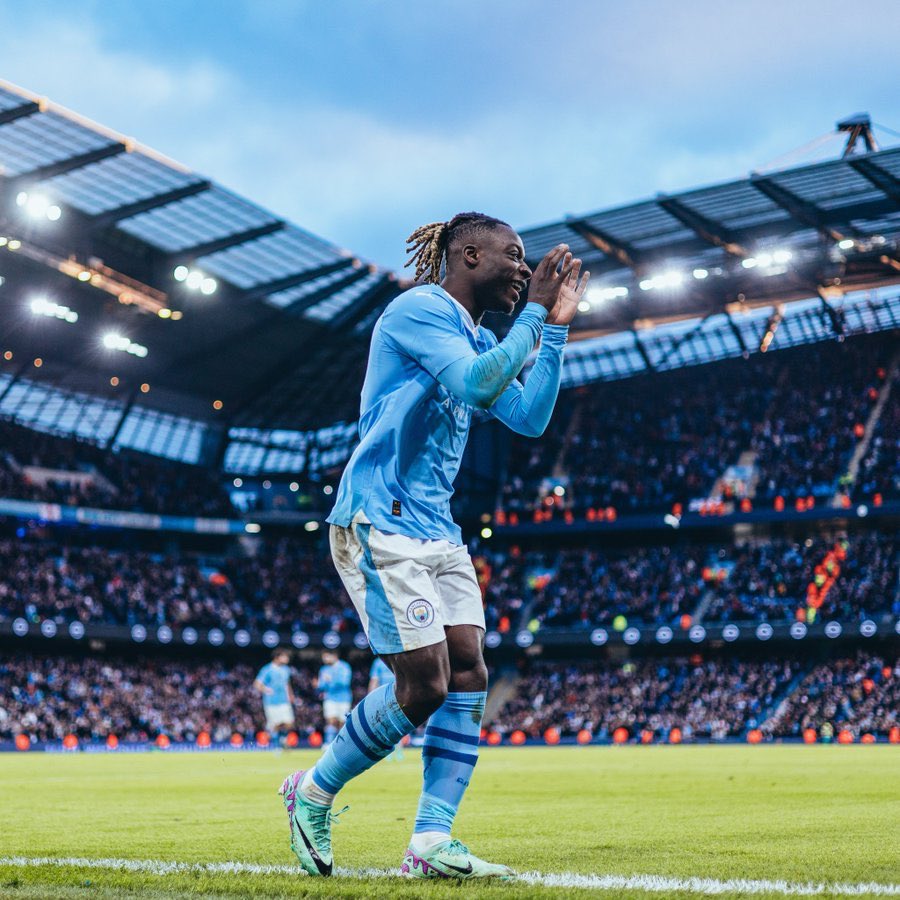
Jérémy Doku’s pace and unpredictability make him a nightmare for defenders.
New signing Savio adds speed and intelligence. Phil Foden remains key with his sharp movement.
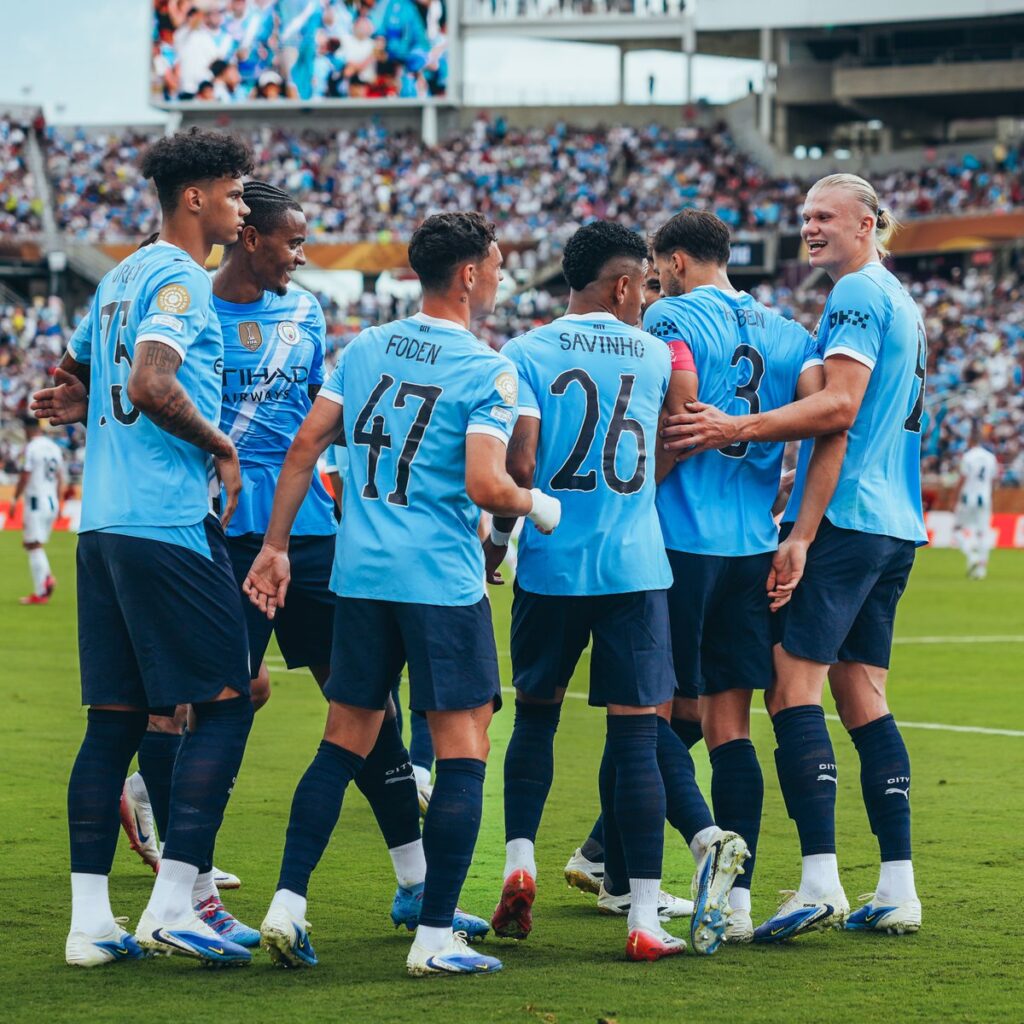
But the surprise package is Omar Marmoush. Signed midseason, he has already scored 13 goals and provided 7 assists for Manchester City. He isn’t just backup for Haaland—he’s pushing for a starting role and could even partner Haaland in a two-striker setup.
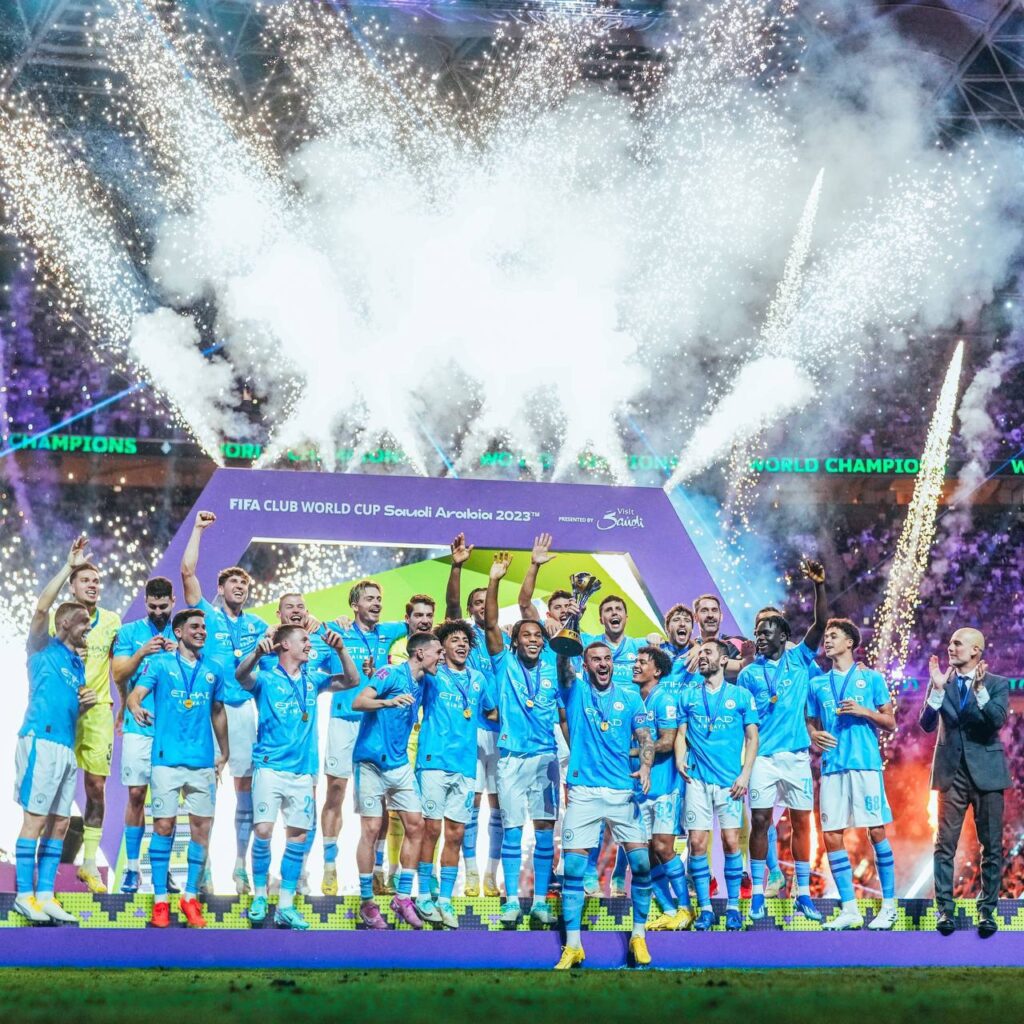
In short, Manchester City have gone from being over-reliant on a few stars to having depth and flexibility across the pitch. Guardiola has built a system where injuries won’t break them. Every position has options. Every tactic has alternatives.

Manchester City’s struggles last season weren’t the start of a decline—they were a reset. Guardiola has acted like a master mechanic, not just fixing one broken part but upgrading every system.
The result? A re-engineered Manchester City, ready to dominate football once again.
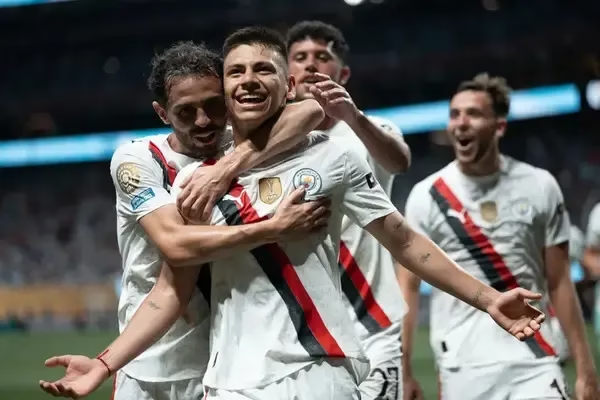
Also Read ⬇️

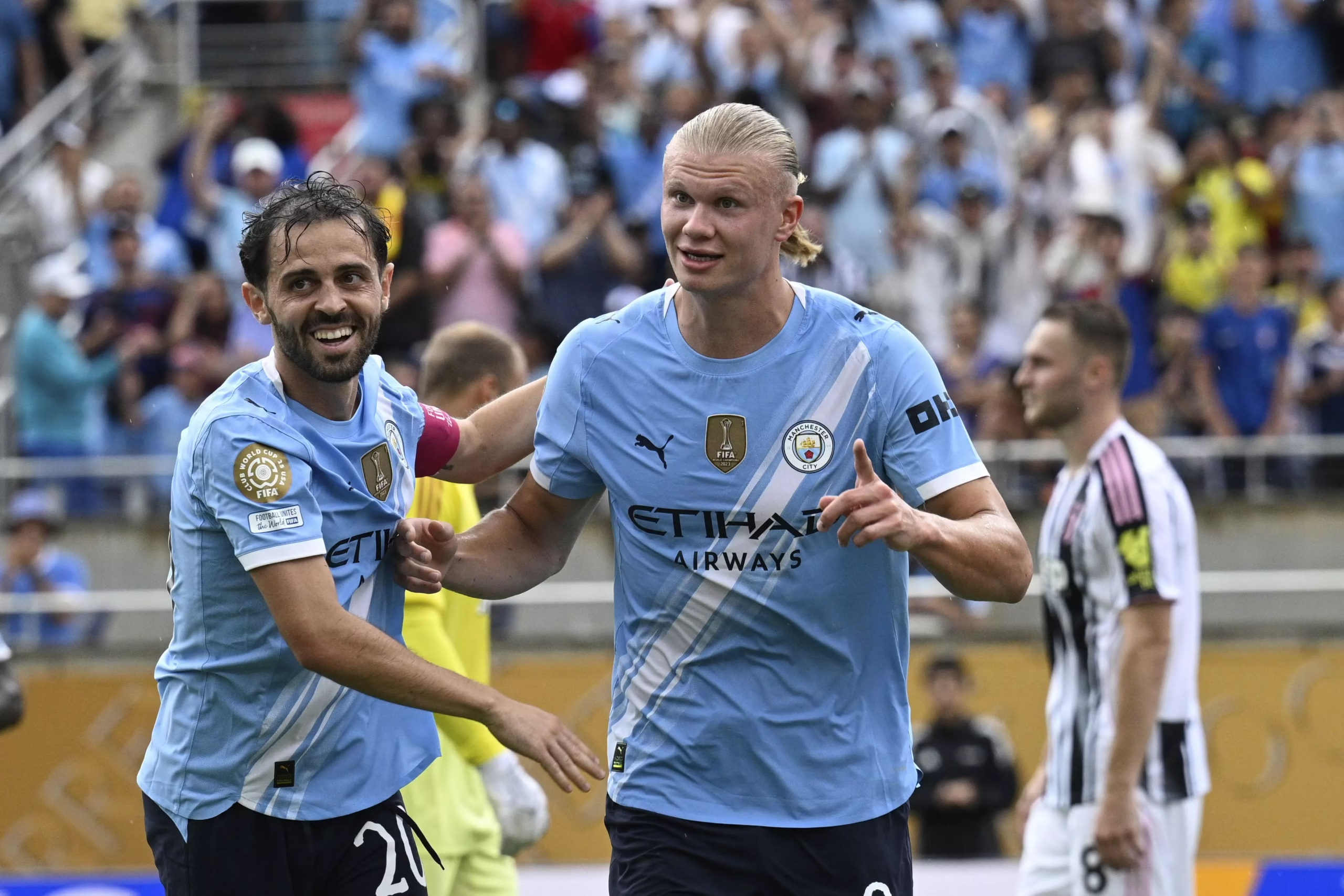
1 thought on “How Manchester City is rebuilding 2025 squad”